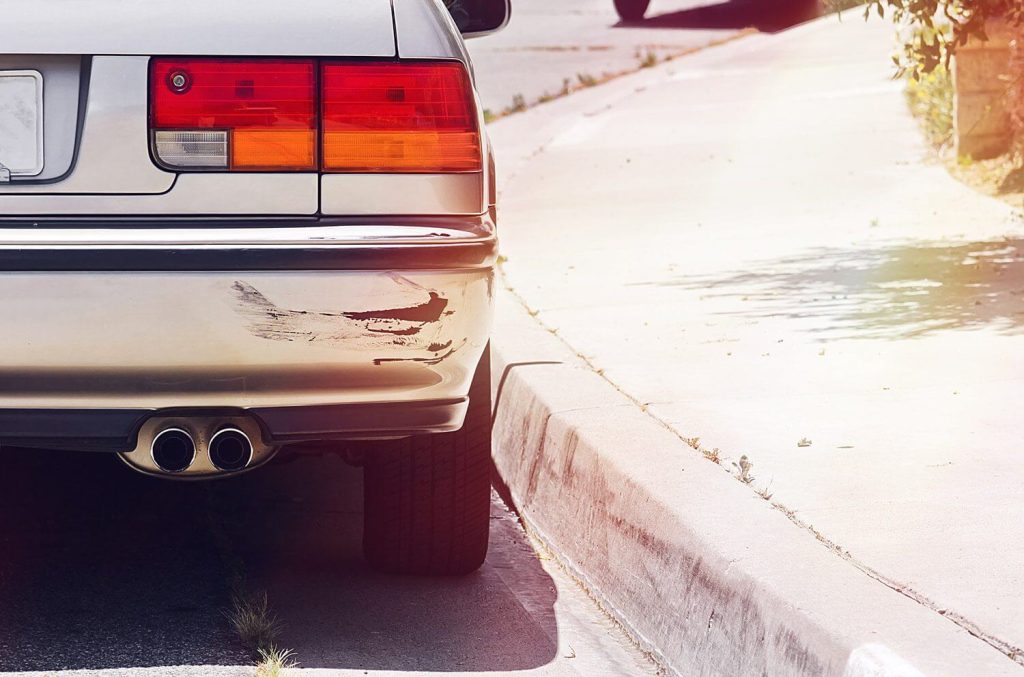While they were invented in 1901, bumpers didn’t start appearing on most North American cars until the 1920s. By then, automobiles had become affordable for just about everyone and roads became more congested. All those cars started ‘bumping’ into each other, and other things, more often. Every time they did, the collision damaged a valuable part of the car, like the radiator, wheel and or axle.
Early bumpers were little more than a rigid metal bar bolted to the front and back of a car. They didn’t really change much the next 50 years. Their main purpose was to protect car’s body from being damaged by every little ding. But, even after they grew into large chrome attachments, they offered surprisingly little protection for the vehicle, or its occupants, in any real collisions.
After consumer advocate Ralph Nader raised awareness of vehicle safety – or the lack of it – in the 1960s, the bumper began its it’s evolution into the ‘bumpers’ of today. And the costs of repairing even the smallest bumper damage began to rise.
Almost overnight in the late sixties and early seventies, the role of car bumpers changed from providing unspecified protection against damage from the smallest of collisions to meeting legislated requirements to protect a vehicle and its occupants from impacts of 8 km per hour or less (that standard has now almost universally been reduced to 4 km per hour.)
Car manufacturers also faced legislated requirements to build their vehicles with bumpers, (or area of ‘maximum protection’, because any discernable bumper soon disappeared into the car’s overall body design), at a certain height from the ground (45.5 cm or 18 inches).
HOW THE COST OF BUMPER REPAIR INCREASED
With few exceptions, the knee-jerk reaction of auto manufacturers was to slap large, unwieldy and unattractive bumpers onto their existing car designs. Now, instead of a relatively small metal bar bolted onto the car, there was a large bumper ‘system’ that was more integrated with the frame of the car. Needless to say, that fact increased repair costs too.
As we said, when automotive design caught up with the need to meet the bumper requirements, the bumpers themselves became one with the body design. On most of today’s cars, especially for front-end design, there is no clearly apparent separate bumper.
While all the safety systems are hidden underneath, today’s visible bumpers are really just a plastic or fiberglass body panel made to fit with the body design and improve aerodynamics.
But it’s what’s been added to bumpers over the past few decades that has really increased the cost of repairing them.
1. LIGHTS
As part of the overall body design, bumpers can now house or surround fog lamps, turning signals, head lamps and running lamps. Even if they are not damaged in a collision, they must be connected and reconnected when a bumper is removed for repair or replacement, which adds to labour costs.
2. BODY TRIM
In the search for ever more attractive designs, auto manufacturers have also added body trim along bumpers that must be handled, repaired and/or replaced after almost any bumper collision.
3. SAFETY SYSTEMS
The bumpers on newer cars are chock full of video cameras, proximity sensors and airbag sensors that can all be damaged or deployed in an accident – even a small one.
When you look at a relatively common accident scenario, where you back into a cement pole in a parking lot, damaging only the car’s bumper, you can see how easily repair costs can rise. In addition to the added costs of removing the bumper and reinstalling it, or installing a new one, you may need new video cameras, fog lamps, lane-change sensors, turn signals and back-up sensors. And the entire bumper may need to be painted, even for a small scratch, as well as repairing or replacing a piece of trim.
If the cost of bumper repairs seems high, the good news is that they now offer you and everyone in your car far more protection than the real ‘bumpers’ of long ago.

